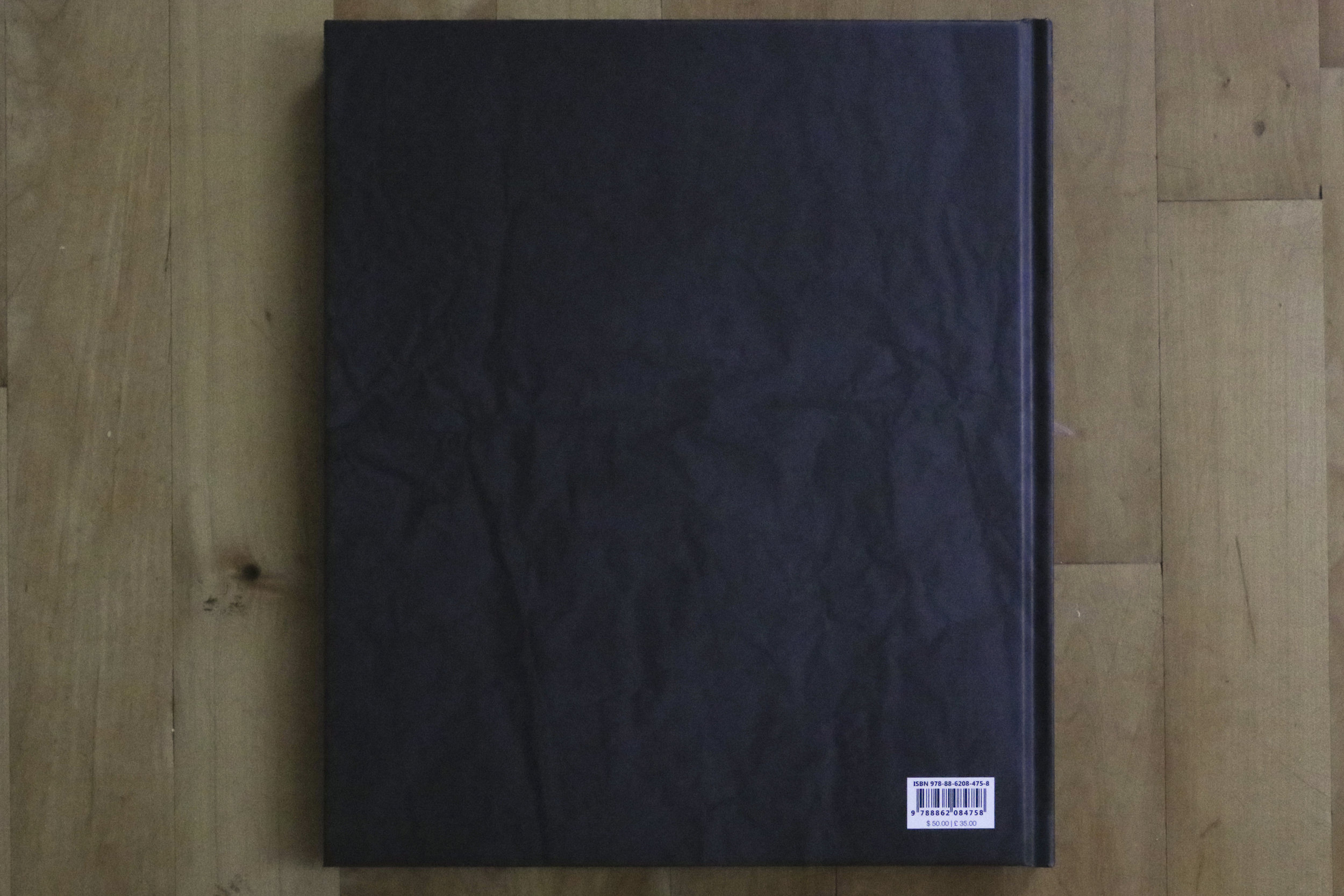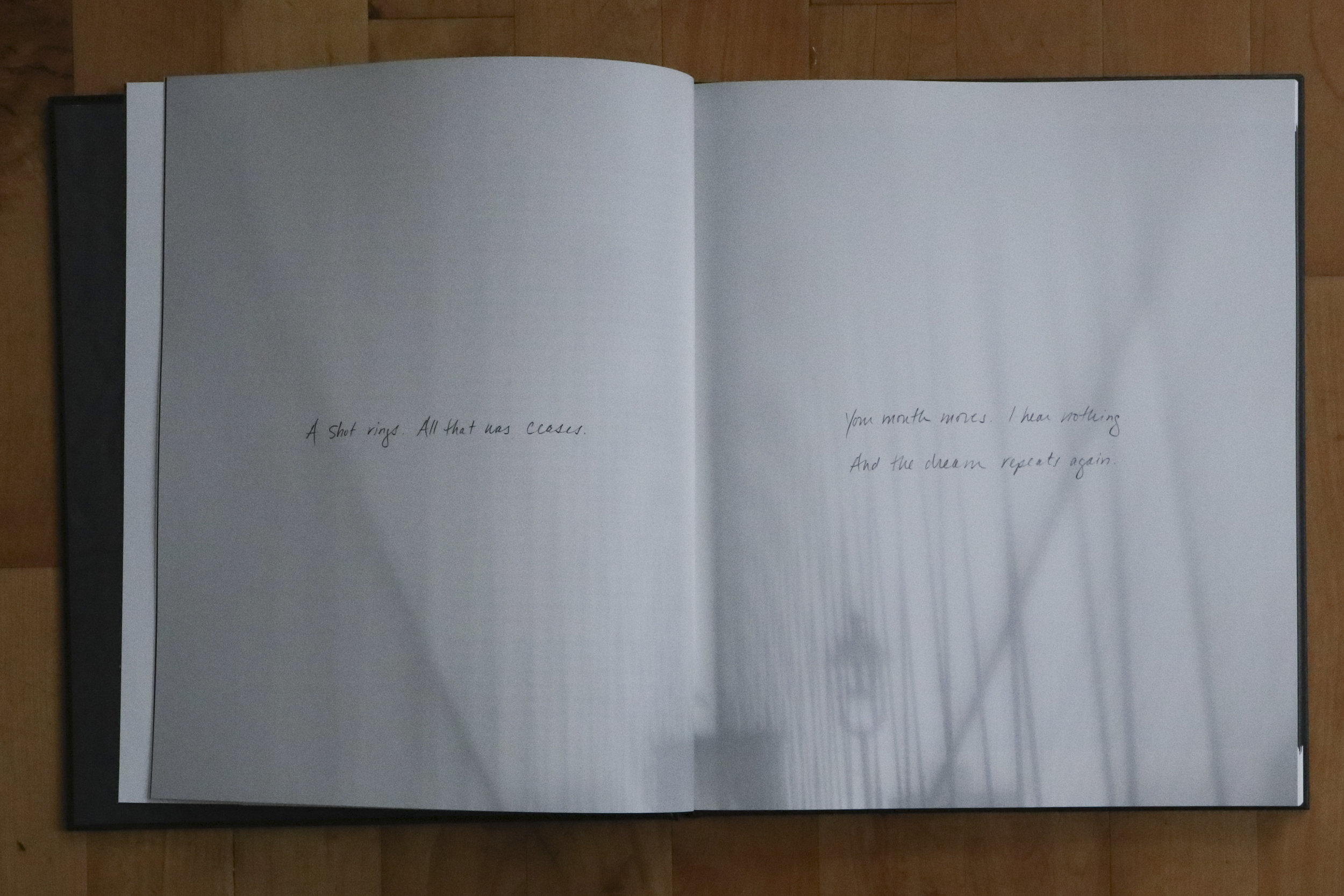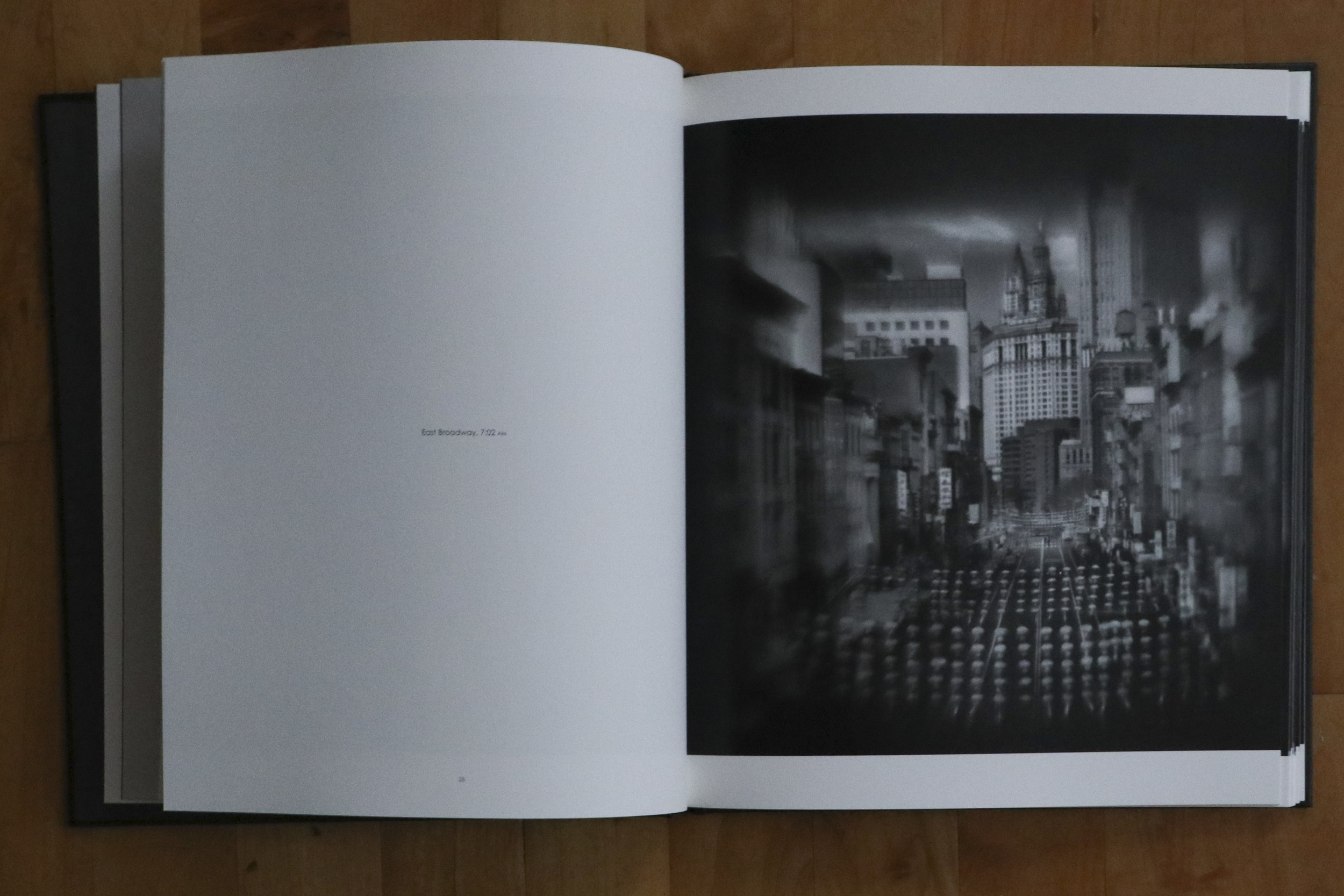Susan Burnstine has taken the definition of alternative processes and has elevated it to a new height. Based out of Los Angeles, Burnstine hand-makes cameras by combining antique parts and plastic and also molding her own lenses. This dedication is how Burnstine has achieved the dream-like quality of all her photographs in-camera. The blurred out visions are blended well with the intentions behind Absence of Being. Gazing at the images, the viewer feels drawn out of the current reality they are settled in. What feels to be traveling out of a city on a rainy day turns into a deeper excursion of the mind through memory, contemplating what is truly in front of us and what has now vanished.
To settle people more into thought, Burnstine brings the viewer deeper into thought with writing about reality and the truth of presence. Burnstine includes “A shot rings. All that was ceases. Your mouth moves. I hear nothing. And the dream repeats again.” As you continue on, more small fragments like this are found throughout the book. Even when we are not able to see everything when we know it to be true and real, we are still in a state of reassurance of the existence of that particular object or being. And that is what the images in the book accomplish. Between driving through the city and viewing a lone tree with the same blurred frame around the objects in the images, the thought of what once was cannot be shaken from the mind.
Even with a vignette of blurriness around the focal point, deciphering what has been left out of the main view is part of the viewing experience. The photograph “Breakwater Light” shows a house in the center of the image, but it is far in the distance and not as sharp of the clouds hovering above. “East Broadway, 7:02 AM” shows what could be rows of lights hanging down or row of people walking together with umbrellas down the street. However, because of the way Burnstine has chosen to set up the camera, it is up to the viewer how they wish to continue to build upon that memory. Like every other photograph in Absence of Being, every image is now a form of the past manifested in the form of a single moment to construct more moments that once were. At the same time, the current state of images is reflecting back of the past of the viewer as well, trying to project not just the memory of the place shown but also the memory that is able to be associated with the photograph. The activity is what Burnstine is looking for, memories that are there but living with them in the present and trying to place them somewhere in our futures as well.
Burnstine’s inventive use of the alternative process has triumphed while trying to stand out in a world of photography. The plates from Absence of Being are unique in every way. Absence of Being’s thoughts resides with the memories of the viewers that deeply consider the idea behind the images. Looking at a cityscape after paging through the photographs Burnstine has displayed will be accompanied by plenty of thought of what was there before and what is present at that moment without realization.
If you are interested in purchasing Absence of Being, you can purchase it on Susan Burnstine’s website. Signed copies available.
Written by Madison Rich
Image Copyright: Madison Rich




